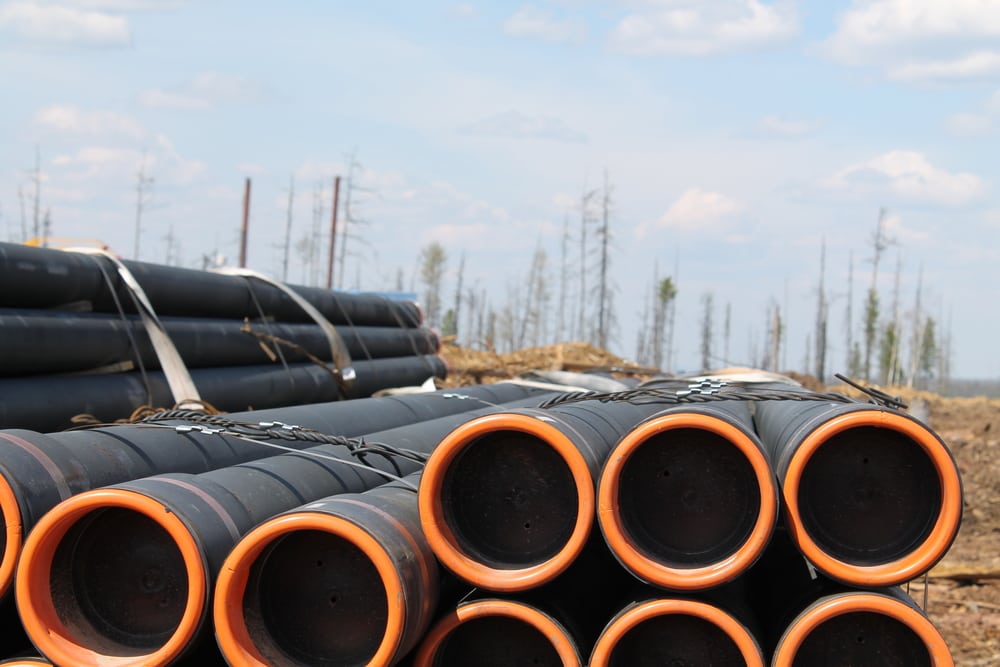May 31, 2022
3 Oil & Gas Pipeline Regulations Every Company Should Follow For Safety

Oil and gas pipelines are an essential part of our economy. They transport billions of oil and natural gas barrels every year and play a vital role in our energy infrastructure.
However, with great power comes great responsibility, and we all must understand the regulations that govern pipeline safety. This blog post will discuss all three oil and gas pipeline regulations.
What Are The Top Oil And Gas Pipeline Regulations?
Operators of oil and gas pipelines are subject to various regulations designed to ensure the safety of their operations. Here are the most important things about these oil and gas regulations.
1) PHMSA
The first is the Pipeline and Hazardous Materials Safety Administration (PHMSA), which regulates the transportation of hazardous materials, including oil and gas. PHMSA has several regulations that apply to pipelines, such as the Pipeline Safety Regulations and the Hazardous Liquid Pipeline Safety Standards.
Operators must comply with these regulations to ensure their operations’ safety. Failure to do so can result in significant penalties, including fines and jail time.
PHMSA covers the following:
-Pipeline classification
-Construction and maintenance requirements
-Inspection and testing requirements
-Emergency response plans
-Recordkeeping and reporting requirements
All of these regulations are designed to ensure the safe operation of pipelines.
2)OSHA
The second regulation is the Occupational Safety and Health Administration (OSHA). This regulation covers the safety of workers in the oil and gas industry. OSHA has several regulations that apply to pipelines, such as the Occupational Safety and Health Standards for Oil and Gas Well Drilling, Servicing, and Repairing.
Operators must comply with these regulations to ensure their employees are safe while working on or near pipelines.
Additionally, OSHA has a Pipeline Safety Program that guides ensuring the safety of workers involved in the construction, maintenance, and repair of pipelines.
The program includes hazard identification, risk assessment, and control measures. Operators can use this program to develop their safety programs or improve existing ones. For example, workers are exposed to many hazards in the oil and gas industry, such as falls, electrical shocks, and fires.
OSHA’s Pipeline Safety Program can help operators identify these hazards and develop controls to prevent them.
3) FERC
The Federal Energy Regulatory Commission (FERC) covers interstate natural gas pipelines’ siting, construction, and operation. FERC has several regulations that apply to pipelines, such as the Natural Gas Act and the Natural Gas Policy Act.
The Natural Gas Act requires that interstate natural gas pipelines obtain a certificate from FERC before they can be built. The certificate ensures that the pipeline will be constructed and operated safely and meets the needs of the public.
Conclusion
Pipeline regulations are critical for ensuring the safety of oil and gas pipelines. Operators must comply with these regulations to protect the public, workers, and the environment.
